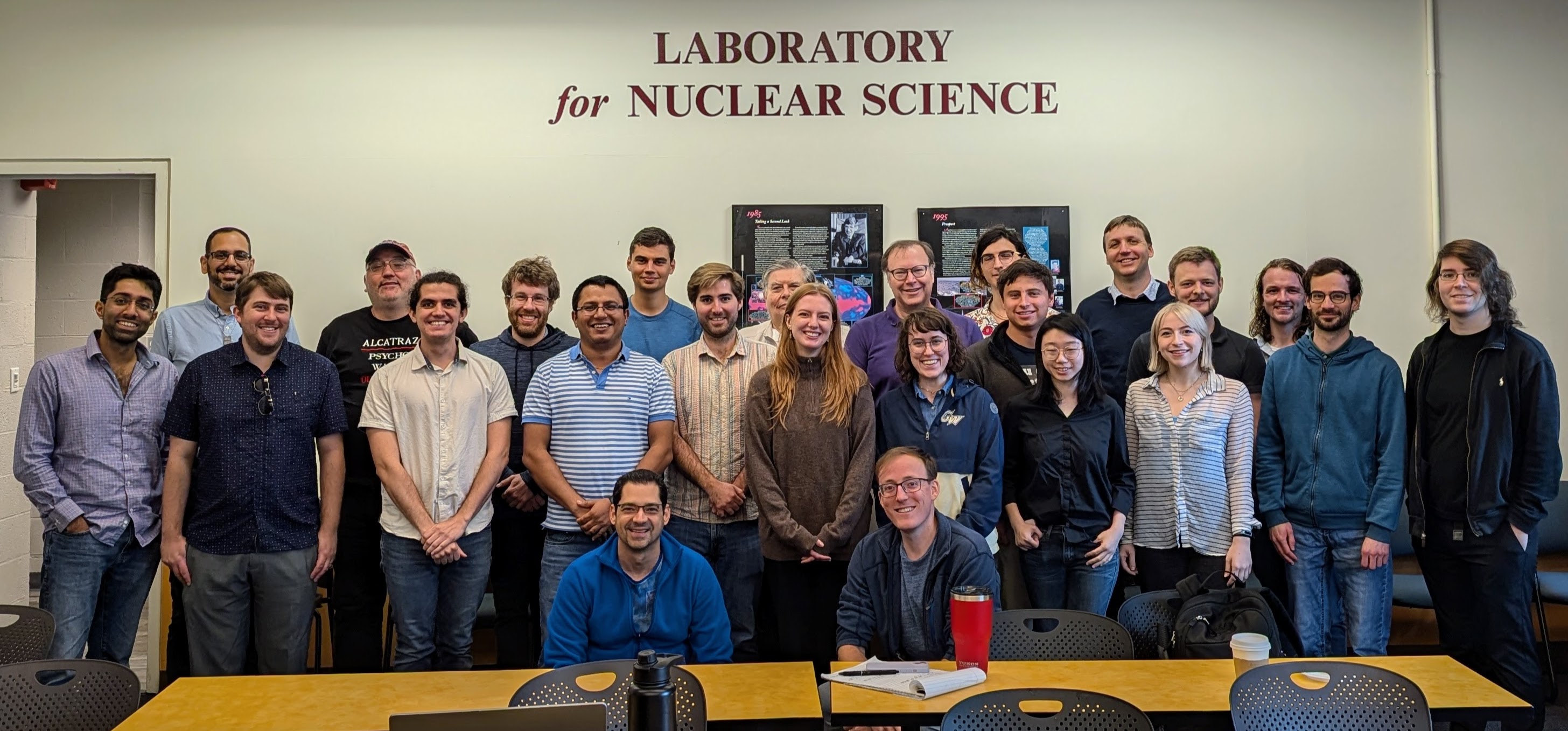2024 Joint Photonuclear Reactions and Frontiers & Careers Workshop
26-414
MIT Laboratory for Nuclear Science

https://indico.jlab.org/event/869/images/166-PXL_20240809_162413699.MP-EDIT.jpg
To bring together senior researchers and early career scientists, we will be holding a joint photonuclear reactions & frontiers and careers workshop. Talks will be schedule Aug. 7 thru Aug. 10th, 2024 at the MIT Laboratory for Nuclear Science. The discounted room are avaliable for one additonal day, Aug. 11th, for those who wish to take a personnal day to enjoy Boston. This workshop is in place of the Gordon conference that traditionally took place at this time.
The workshop will take place in-person at the MIT Laboratory for Nuclear Science.
This workshop will include overview talks of the field, specific talks on state-of-the-art results, and especially for students there will be career development and scientific tools workshop (ML/AI/etc.) along with special session talks by students on their research.
As there will not be a nuclear Gordon conference this year, this workshop intends to capture as much of the spirit of the Gordon conference as possible with sufficient time for both discussions and networking.
Participants are strongly encouraged to stay at the arranged lodging: https://mit-lns-housing.eventbrite.com
If you are planning on attending, please register and if you would like to be concidered for an invited talk please submit a title and short abstract.
Zoom Link
https://jlab-org.zoomgov.com/j/1600070311?pwd=bjXUaPKUXlRFVKQjf2XSezrrS9X6kW.1
